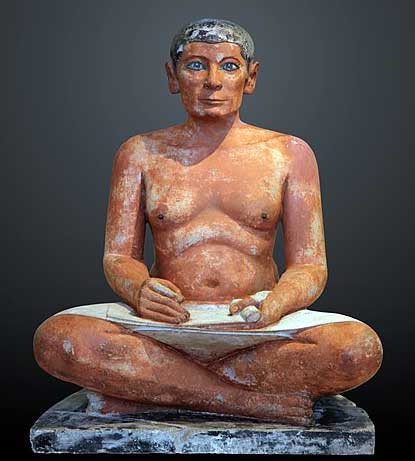The Vernadsky National Library of Ukraine (Ukrainian: Національна бібліотека України імені В.І. Вернадського) was established in Kyiv in 1918, and is now ranked as one of the world's top 20 largest national libraries.
This is its story. 1/
This is its story. 1/
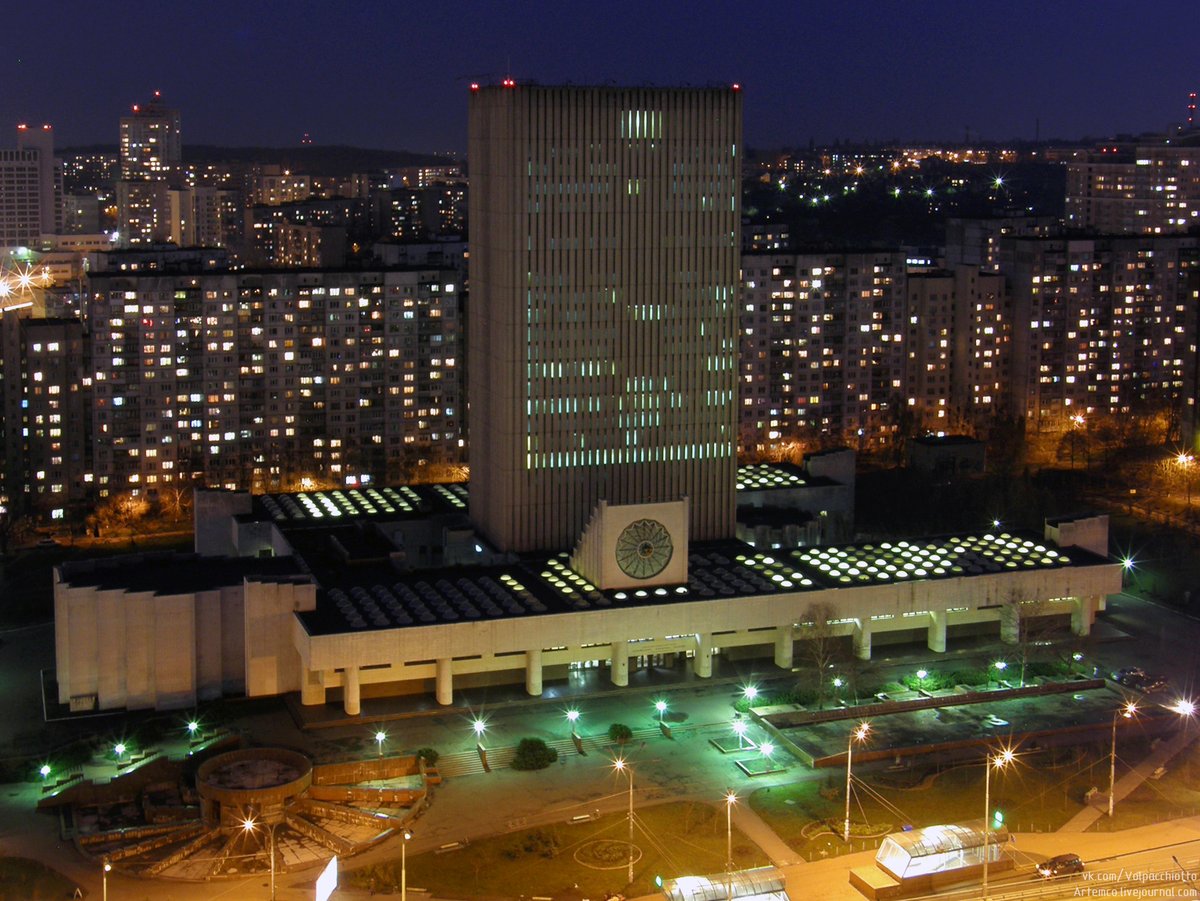
The library was established on 2 August 1918 by Hetman Pavlo Skoropadskyi as the 'National Library of the Ukrainian State' (Natsionalna biblioteka Ukrayinskoyi Derzhavy). The first head of the 'Provisional Committee on Creation of the National Library' was Vladimir Vernadsky. 2/ 

The library was originally located in temporary housing - the St. Princess Olga Gymnasium - until 1919. 3/ 
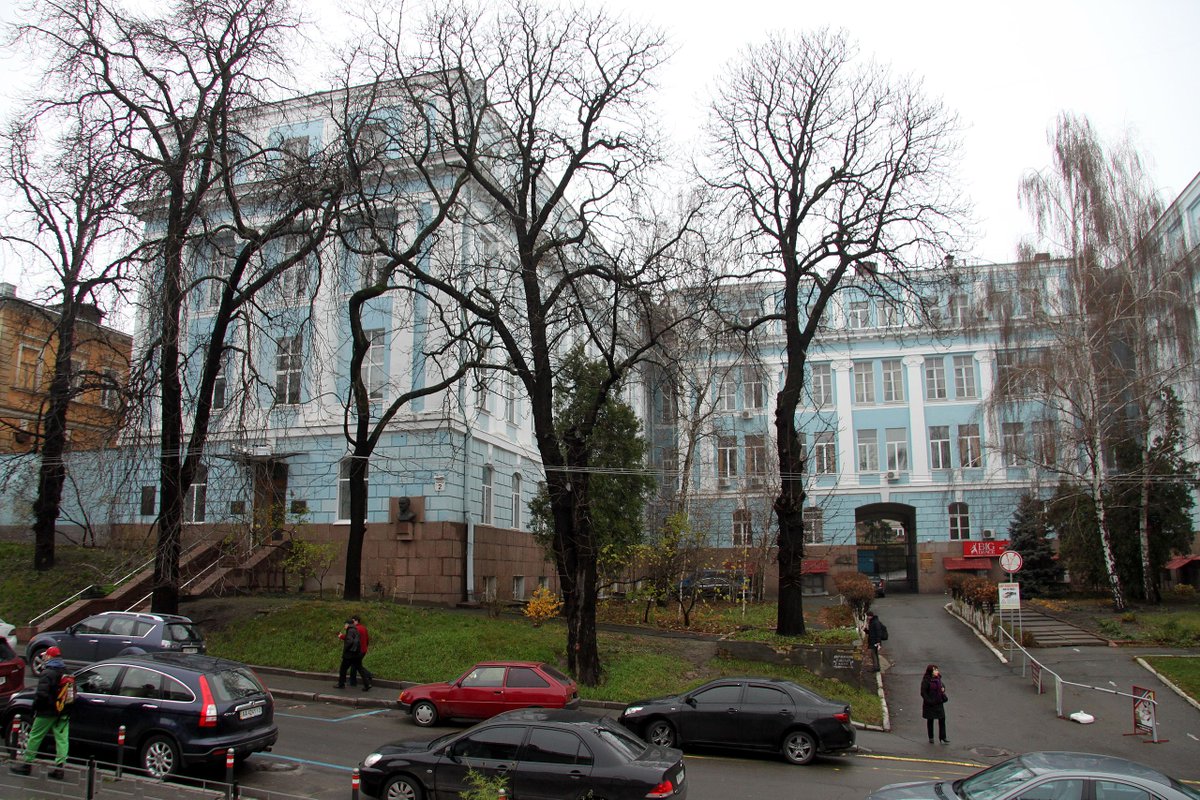
Finally, in 1930, the library moved into purpose built premises near Kyiv University, in the city's center. It was to remain here until 1989. 5/ 
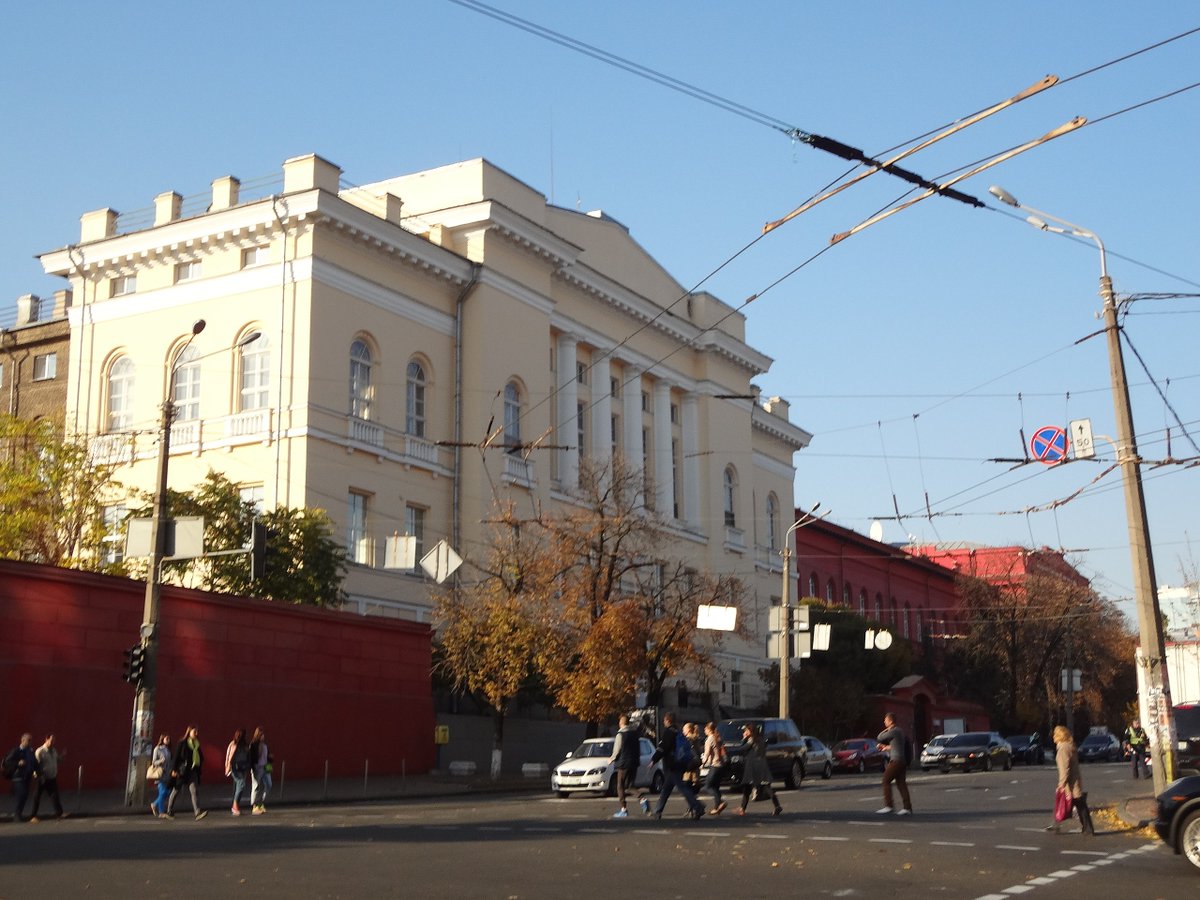
The first official director of the National Library was Stepan Pylypovych Posternak, appointed in 1922. In 1929 he was arrested and accused of involvement in the Union for the Liberation of Ukraine, and the Brotherhood of Ukrainian Statehood. He was released in May 1930. 6/ 

On December 30, 1937, Viktor Fyodorovich Ivanytsky was arrested for a second time, and accused of carrying out "anti-Soviet activities". On December 31, the NKVD troika of the Ukrainian SSR handed down a sentence to shoot immediately.
He was shot on January 19, 1938. 7/
He was shot on January 19, 1938. 7/
The collection of the Vernadsky National Library of Ukraine contains more than 15 million items. These include large collections of manuscripts, rare printed books and incunabula. The library has the most complete collection of Slavic writing in Ukraine. 8/
The Vernadsky National Library of Ukraine is the world’s foremost repository of Jewish folk music recorded on Edison wax cylinders. Many of these were field recordings made during the Soviet or pre-Soviet era by ethnologists such as Susman Kiselgof or Moisei Beregovsky. /9
The library's collection of Jewish Musical Folklore (1912-1947) was inscribed on UNESCO's Memory of the World Register in 2005. 10/ 

The oldest item in the library is Papyrus 7 (in the Gregory-Aland numbering), or ε 11 (von Soden), designated by 𝔓7, an early copy of the Gospel of Luke 4:1-2 in Greek, which may date to as early as the 3rd century. 11/ 

As a depository library, the Library annually receives 160,000 to 180,000 documents (books, magazines, newspapers, etc.). Holdings include all Ukrainian publications and copies of all Ukrainian candidate and doctoral theses. 12/
Formost amongst the treasures of the Library is the priceless Peresopnytske Gospels, written between 1556 and 1561, and covered in some detail in this thread here:
https://twitter.com/incunabula/status/1497153405990707200
Almost equally important are the Orsha Gospels. This book, which dates to the 13th century, is one of the oldest to use Cyrillic script. The book was thrown away by a monastery in Orsha. It was found by Napoleon's troops in 1812 and now resides in the Library's collection. 14/ 

The Orsha Gospels [Ukrainian: Оршанське Євангеліє] has superb colored illuminations of Saint Luke and Saint Matthew, in the Palaeologian dynasty style, together with over 300 illustrations of flowers and animals. The codex consists of the Gospels and a menologion. 15/ 

Ivan Kotliarevsky's epic poem version of Virgil's Aeneid, is the first piece of literature written in modern Ukrainian. It was also the first book to discuss the culture and history of Ukraine. The library holds five first edition copies. 16/ 

The Library holds the only holographic manuscript to survive in the hand of arguably the most famous of all Ukrainian composers, Artemiĭ Vedel (1767-1808). It consists of 6 parts of the Liturgy of Saint John Chrysostom, 12 choral pieces and a composition for trio with choir. 17/ 

The Vernadsky National Library has, since 1989, been housed in this purpose-built building in central Kyiv. Constructed between 1975 and 1989, it has 27 floors and an area of 35,700 m². 18/ 

A wide-angled shot of the Vernadsky National Library, today one of Kyiv’s most prominent modernist buildings. 19/ 
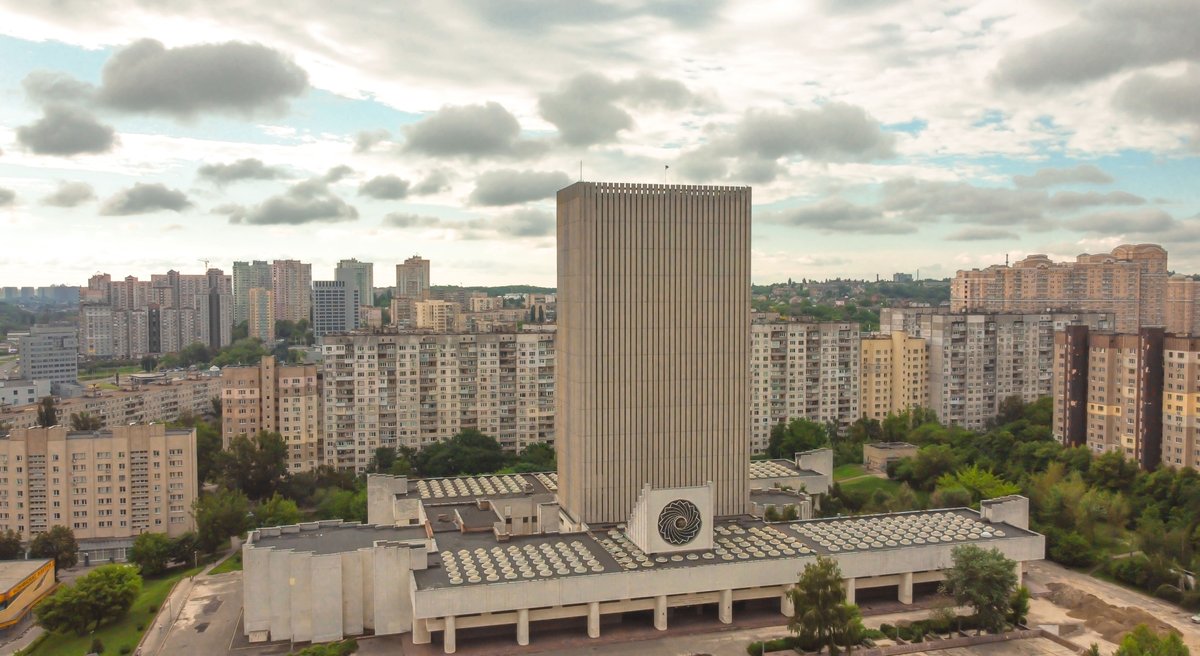
This is the Vernadsky Library's famous "Green" reading room. Especially popular with the public since inception, it's also been the venue for several music videos and television adverts. 20/ 

The library normally receives around 260,000 visitors a year, with up to 2,000 people a day using its reading rooms. Its website and online catalogue receive 90,000 visits a day, with an average of 20,000 downloads. 21/ 

This thread is indebted to an excellent piece in the Kiev Post, the premier English language Ukrainian news source. Their Twitter account is @KyivPost, and is well worth following for continually updated news on the situation in Kyiv & Ukraine.
kyivpost.com/lifestyle/the-…
kyivpost.com/lifestyle/the-…
Just seen this bad typo, my apologies: It was Stepan Pylypovych Posternak Постернак Степан Пилипович of course who was arrested for a second time in 1937 and executed. Viktor Fyodorovich Ivanytsky acted as director of the library after his initial arrest.
• • •
Missing some Tweet in this thread? You can try to
force a refresh









